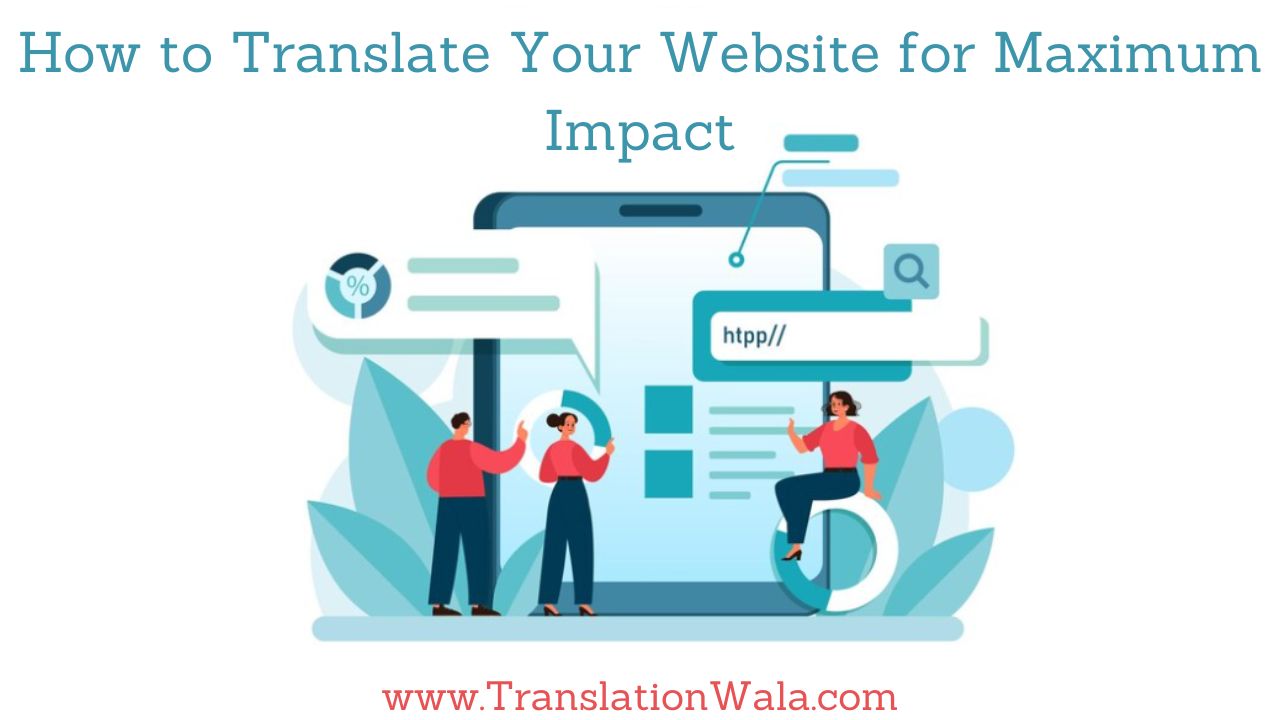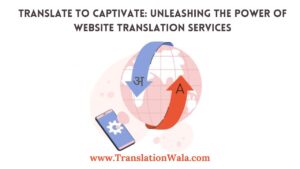It’s easier than ever to reach people around the world in today’s connected world. But with that possibility comes the problem of how to talk to each other. Anyone, no matter what language they speak, should be able to view your website, which is like a digital shop for your brand. Website Translation is the best way to reach new customers, get more people involved, and make the most of your effect. How do you do it right, though? Read this help to learn how to translate your website so that it has the most effect.
Define Your Target Audience
Know where you want to go before you start your translation journey. Who do you want to get in touch with? Find out about the language, cultural details, and online habits of the people you want to reach. This helps make your material more relevant and keeps you from making a culture faux pas. For instance, humor can mean different things in different countries, so it’s important to change your tone and jokes.
Choose the Right Translation Method
There are a few different ways to translate your website, and each has pros and cons:
- Machine Translation (MT): It’s cheap and quick, but it often makes mistakes. Best for easy material or as a place to start translating by hand.
- Professional Translation: Better quality and more culturally aware, but more expensive. great for brands and material that is hard to understand.
- Hybrid Approach: Use MT for simple translations and human edits afterward to make sure the versions are correct and fit the culture.
Go Beyond Words: Localize Your Content
It’s not enough to just translate. It’s customization that makes a real difference. This means changing your material so that it fits the cultural background of the people you want to reach. Think about:
- Images and Videos: Use pictures that show the local culture and stay away from pictures that could be upsetting.
- Dates and Formats: Formats for dates, money signs, and measuring units should be changed to match area norms.
- Call to Actions: Change the CTAs so that they are effective and fit the culture of the target language.
Also Read: Make Your Brand Appeal to Indian Regional Consumers

Optimize for Search Engines (SEO)
Search engine results pages (SERPs) are not the place for your translated content to hide. Make your versions SEO-friendly by:
- Keyword Research: Find appropriate search terms by doing phrase study in the target language.
- Meta Descriptions and Titles: Tags and summaries should be changed for each language to make them more searchable.
- Link Building: To improve your SEO score, get backlinks from websites that are well-known and authoritative in the target language.
Manage and Maintain Your Translated Content
You can’t just do one translation job at a time. The information on your website changes over time, so should the languages. Set up a method for:
- Content Updates: Update your modified text often to match changes made to the source website.
- Quality Control: Check your translated material often to make sure it is correct and suitable for the target culture.
- Translation Management Tools: To speed up the process and make sure everything is consistent, use translation control tools.
Bonus Tip: Accept technology
Several innovative tools can make your translation journey smoother:
- Website Translation Plugins: These add-ons work with your website’s content management system (CMS) to make translating and managing material easier.
- Machine Translation APIs: By adding MT APIs to your process, you can translate big amounts of information more quickly and for less money.
- Translation Memory (TM) Tools: The fact that TM tools store translated material makes sure that everything is consistent and lowers the cost of translation.
Remember: Spending money to translate your website will pay off in the long run. If you do these things and use technology, you can reach new areas, connect with your audience better, and have the most effect on a world level. Now go translate some words and take over the world, one language at a time!



